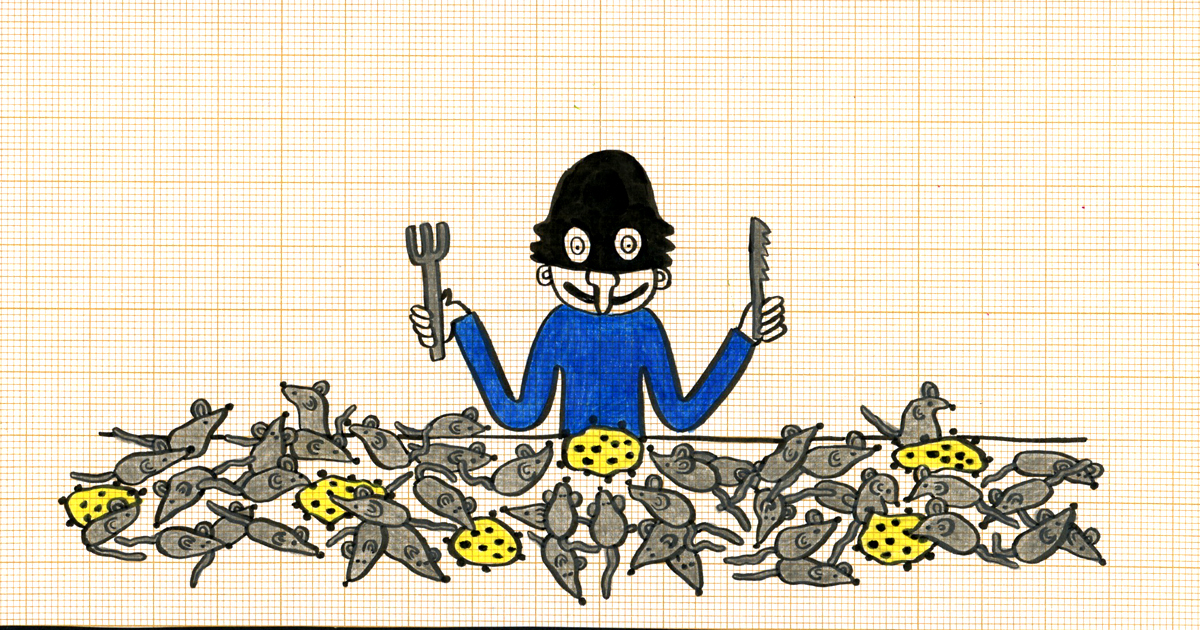Cette publication est également disponible en :
Français
In this new episode from a partnership between GDR O3 and Nez, we talk about cookies, mices and the olfactory bulb.
Back to our regular round-up of the studies resulting from the work undertaken by the research group and its team of scientists from every field with a common focus: odour in all its forms. The idea? Nez reads the scientific publications, and offers you a simpler and more accessible version.
For the World Health Day this Sunday, April 7, let’s take a look at the links between the nose and insulin production, thanks to the work of Hirac Gurden, Director of Neuroscience Research at the CNRS and member of the GDR O3, and its team.
The nose is intimately linked to health, as explained in a study run by a team called REGLYS (Regulation of Glycaemia by the Central Nervous System) from the CNRS and Université Paris Cité in collaboration with University College London.
Digesting food and regulating blood sugar levels is no easy task for our bodies. To carry out the task, we need proper coordination between our brain and a number of organs in the abdomen, including the pancreas. This organ produces the insulin that is vital to lowering blood glucose levels during meals, when our bodies face a sudden inrush of large amounts of sugars. But scientists have demonstrated that this production of insulin also occurs before we eat – as soon as we smell the appetising aromas of food – to prepare for ingestion. The scientists identified, in the olfactory bulb, the first structure that codes olfactory information in the brains of all mammals, a key molecule for controlling insulin: the neurotransmitter called GLP-1 which enables the brain to communicate with the pancreas.
They observed that when they reduced GLP-1 activity in non-obese mice (using genetic or pharmacological techniques to block transmission of the information), the pancreas no longer produced insulin in response to being exposed to the enticing smell of a peanut butter cookie, and the mice did not find the food when hidden in their bedding. Despite the olfactory neurons working correctly and detecting the food odour, inhibiting the GLP-1 system in the olfactory bulb that receives signals from olfactory neurons prevents propagation of the electrochemical signal to the rest of the brain, thereby blocking the neural pathway to the pancreas.
With this research, scientists have shown for the first time that the sense of smell has a major influence on the metabolism, and that when the sense of smell is disrupted, the regulation of insulin is also disrupted.
The team then went on to demonstrate that the “metabolic preparation” phase triggered by insulin did not occur in obese and diabetic mice, and that these mice only found the hidden cookie when scientists used pharmacology to activate the GLP-1 system in their olfactory bulb. This molecule thus serves both to direct mammals towards foods that smell good, and to prepare the organism for the energy needed to eat a meal.
In time, this discovery will make it possible to better understand the relationship between the brain and the pancreas via the olfactory system within the context of obesity and type-2 diabetes in humans, which may in turn improve treatments.
- More about GDR O3: www.gdr-o3.cnrs.fr
Main visual: © Adèle Chévara








Comments